Four years ago, Koji Igarashi (Iga) set out to create a new vision for what fans call the “Igavania” genre. Bloodstained: Ritual of the Night would be Iga’s answer to a community’s burning desire for a classic side-scrolling action game with RPG elements. The only difference? It wouldn’t be Castlevania.
It would be better.
Kickstarted with more than $5.5 million and hyped with frequent updates direct from Iga himself, we’ve now had a chance to see what four years of development time created.
I have good news: Bloodstained is the -Vania game everyone was waiting for and then some.
It offers mechanically-rich systems, plenty of build variety, creative enemy and boss design, a labyrinthine castle, and the engaging gameplay Iga’s classics are known for. And even though it adds some flavorful retooling of established mechanics, players will find a number of callbacks to games from years past, and not without a small amount of fun inside jokes for those familiar with the history of Castlevania.
A Castle Wide, a Castle Deep
No spiritual successor to Symphony of the Night would be complete without a vast, maze-like castle filled with impossible architecture. Iga claims this is the biggest world he’s ever created, and I’m liable to believe him.
In the 15 or so hours it took me to complete the main story (plus some grinding for gear), I managed to explore about 95% of the map and encounter probably 70% of the demons on offer.
The nature of a -Vania-style castle — it comes from Hell and therefore isn’t constrained by human limitations on construction or size — is that it can be as large and as varied as its designers want it to be. The developers at ArtPlay spared no expense in making the Hellhold of Bloodstained: Ritual of the Night a massive, multilayered and environmentally diverse locale.
It starts simply enough: a farm village hub leading quickly to an entrance hall built with classic gothic architecture and plenty of Kickstarter backer portraits. Both tutorial and early grinding zone, the entrance level is sometimes breathtaking but rarely mindblowing.
As you progress through the game, however, oddities abound and wonder begins to set in. Environments that astound with their garishness, their unique style, or just by being strange become commonplace.
Traversal is standard at the start as well. Platforming takes few risks, but even in the opening areas, it’s clear players will acquire abilities to let them explore further. In almost every case, you’ll need to defeat a boss and learn their unique shard, which will imbue you with the power to open new paths and discover new secrets.
In many cases, the level where you fight a specific boss has rooms that require their shard to pass, posing both as an obstacle to remember and a handy tutorial once you have your next new tool.
Handy, too, are the various save points and fast-travel points scattered about the map. While neither is so frequent to be overbearing, both make navigating Bloodstained a much less daunting task than something like Symphony of the Night.
Probably the most convenient feature designers provided was a save point directly opposite every boss room, ensuring that even if you need multiple attempts to take down a powerful foe, you won’t have to cross whole sections of the map to do it. Also is the fact that boss doors stand out against every environment. You really can’t miss them.
Fighting Through Hell
Moving about the Bloodstained map is a reasonably linear affair for the first third of the game or so. There are four or five abilities you must have — and an equal number of items you must collect — if you want to open up the later areas of the castle. Exploration is, of course, rewarded, and it is required because there are a few points where the answer to where you need to go and who you need to talk to isn’t exactly clear.
That said, the game pushes you in the right direction through dialogue hints and with the auto-filling minimap. Doors you’ve not gone through are marked, and if you want to know how much you haven’t yet explored, there’s a percentage meter on the map screen with an exact figure for you to reference.
As you explore, you’ll encounter one or more of the hundreds of demons inhabiting the world of Bloodstained: Ritual of the Night. The vast majority of them are unique, with clever, interesting, and sometimes humorous designs. There are some palette swaps to fill out the roster in various areas, particularly in the late game, but even those enemies have new attacks or movement patterns to compensate for the repeated model usage.
You would do well to learn how to fight each one of them, too, because each enemy has a shard — some magical spell or other upgrade ability — that you’ll be able to pick up and farm for if you so desire.
It might be bosses that have plot powers you’ll need to collect, but it’s the shards dropped by more common enemies that sell the combat in Bloodstained. As I said in my early-game build guide, magic, and the various buffs you can acquire from shards quickly trivialize almost every fight. Paired with the proper gear sets and even the final few bosses take less than a minute to burn down to nothing.
The best part about builds in Bloodstained: Ritual of the Night is how the game makes no apologies or excuses for how overpowered your character can become. It’s a major plot point I won’t go into here.
The trouble with some end-game builds, though, is how much farming it takes to make them viable. The highest level gear in the game requires players to farm for incredibly rare drops, and unless you’re in it for the long haul, that kind of redundancy can be frustrating.
Later game bosses necessitate some grinding as well, especially when it comes to the damage they inflict. Just getting to said bosses can be a slog if you aren’t adequately equipped, and if you’ve cleared every other area of the game up to that point but still find yourself up against a wall, frustration won’t be far behind.
Still, the combat loop I built for myself was satisfying enough that the two hours of total grinding I did wasn’t at all a dealbreaker. It helped build muscle memory for abilities I’d be happy to have in a pinch.
The combat itself is pretty simple, of course. Cast spell, swing weapon, dodge attack, that sort of thing. There are no combat stances, only a few alternate attack types per weapon, and a lack of super-advanced dodging tech to learn here.
Seek Perfection but Never Attain It
I have a few complaints to lodge with Bloodstained: Ritual of the Night, primarily around how players are supposed to navigate its world. Like classic -Vania games, you aren’t told where you need to go and what to do. Instead, players are expected to explore every inch of the map, talk to every NPC until they start repeating themselves, then form a plan in their head.
The problem there is that some of the leaps of logic Bloodstained asks its players to make are tiresome at times. The one that sticks out most to me comes near the end of the game when you have to find your way past two spike corridors. You need a specific piece of gear not to take damage, and that gear piece is hidden away on the other end of the castle, on a secret platform, which you’ll only find using an ability gained in a third area. I made it through without the gear, but I used every healing item I had and barely made it to the fast-travel point.
I was also a little annoyed by how linear the first part of the game is. There isn’t much room to move about without following the critical path. I know too much freedom isn’t any better than too little, but in many cases, I felt like I was almost being railroaded in a particular direction. The helpful clues the game threw at me only heightened my frustration, as I couldn’t figure out where the clue was trying to lead me. It seemed, at the time, to show me a new place in an area I thought I’d already fully explored.
Lastly, and these are minor issues, were the quests and occasional typographical errors present throughout the game’s text. The latter two points I chalk up to this being a crowdfunded game, though with the number of people on staff, I’d have hoped typos would be less frequent than they were.
The quest system is essentially a set of bounty boards like you might find in a traditional MMO or open-world game. Kill these monsters, collect these items, turn in for a reward. The repeated dialog didn’t help these quest systems either, and I sometimes wondered why they were included at all.
Again, these are minor things and neither substantially detracts from the overall experience, but they do get in the way just enough to be worth mentioning.
Final Verdict
Pros
- An immense castle filled with secrets, demons, and no small number of throwbacks
- Satisfying, varied combat with room for many different playstyles
- Plenty of reason to play for hours and hours using the abilities you gained through conquest
Cons
- Occasional obscure answers to simple questions
- A story you won’t be writing home about
- Console load times are a bit much
If you were hoping Bloodstained: Ritual of the Night would be the game that brought back the Castlevania feel for the first time in years, your hopes are answered. This game is everything fans of the genre look for in a title: tight controls, a vast, sprawling map, unique enemies, and powerful abilities to destroy said enemies with.
Bloodstained has a good bit of replayability as well, with a New Game+ mode, boss rush mode, and secret endgame bosses to defeat. Plus, with 13 free DLC packs on the way, Iga has more to deliver if you didn’t get enough from the base game.
If you want to take on Hell itself with sword and spell, there are few better places to do it than in Bloodstained: Ritual of the Night.
[Note: A copy of Bloodstained: Ritual of the Night was provided by ArtPlay for the purpose of this review.]

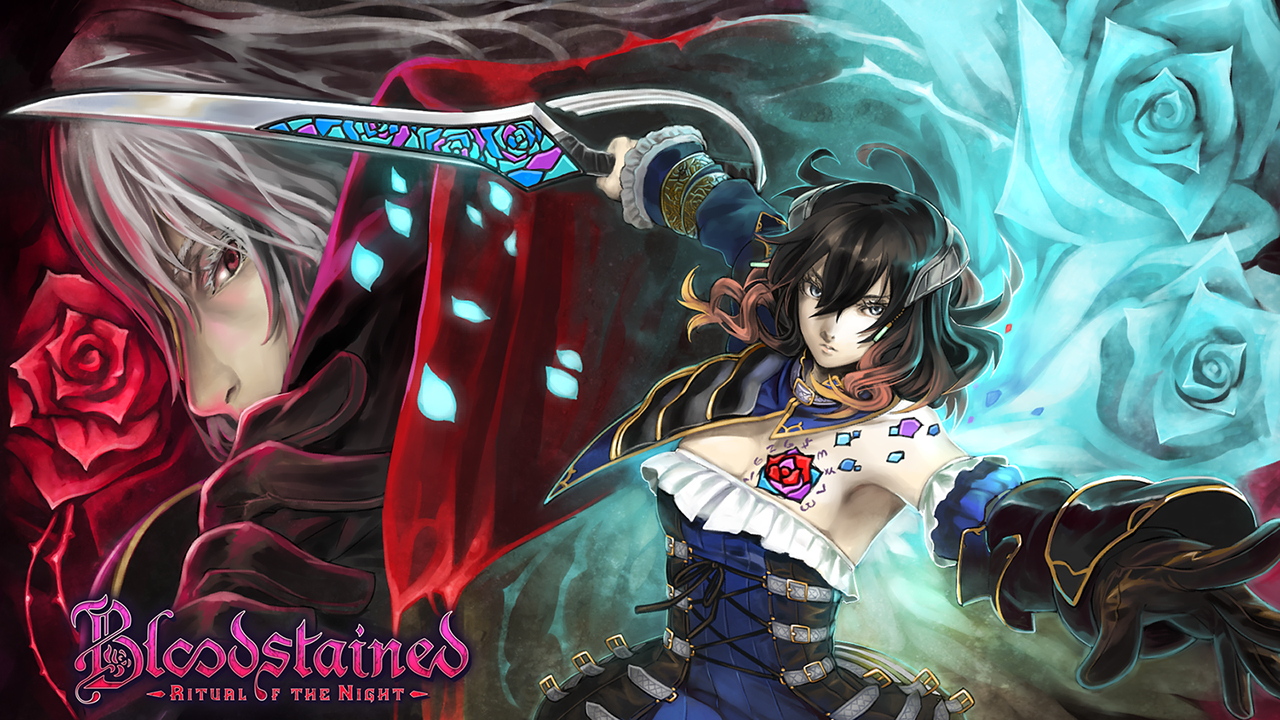
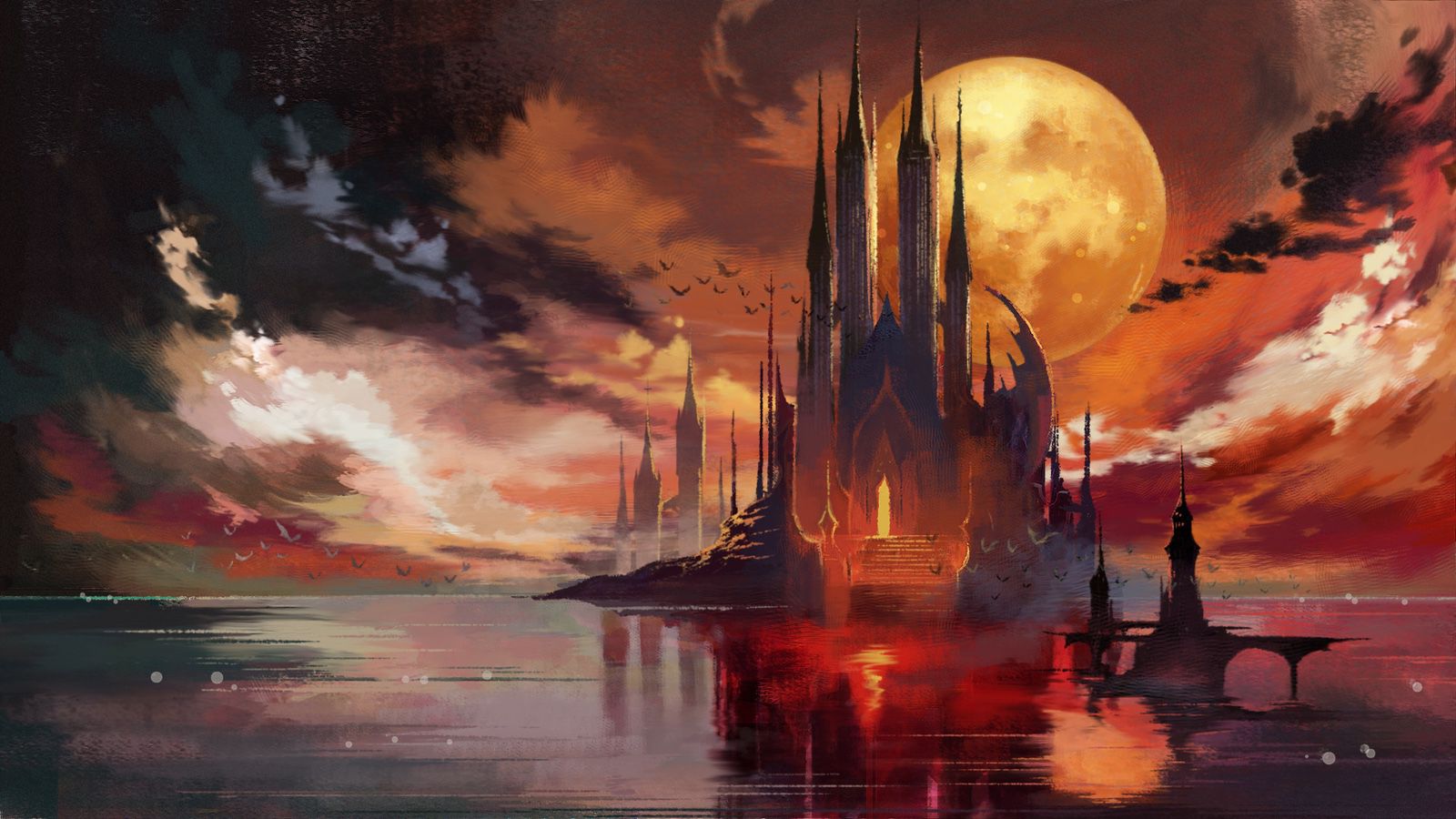

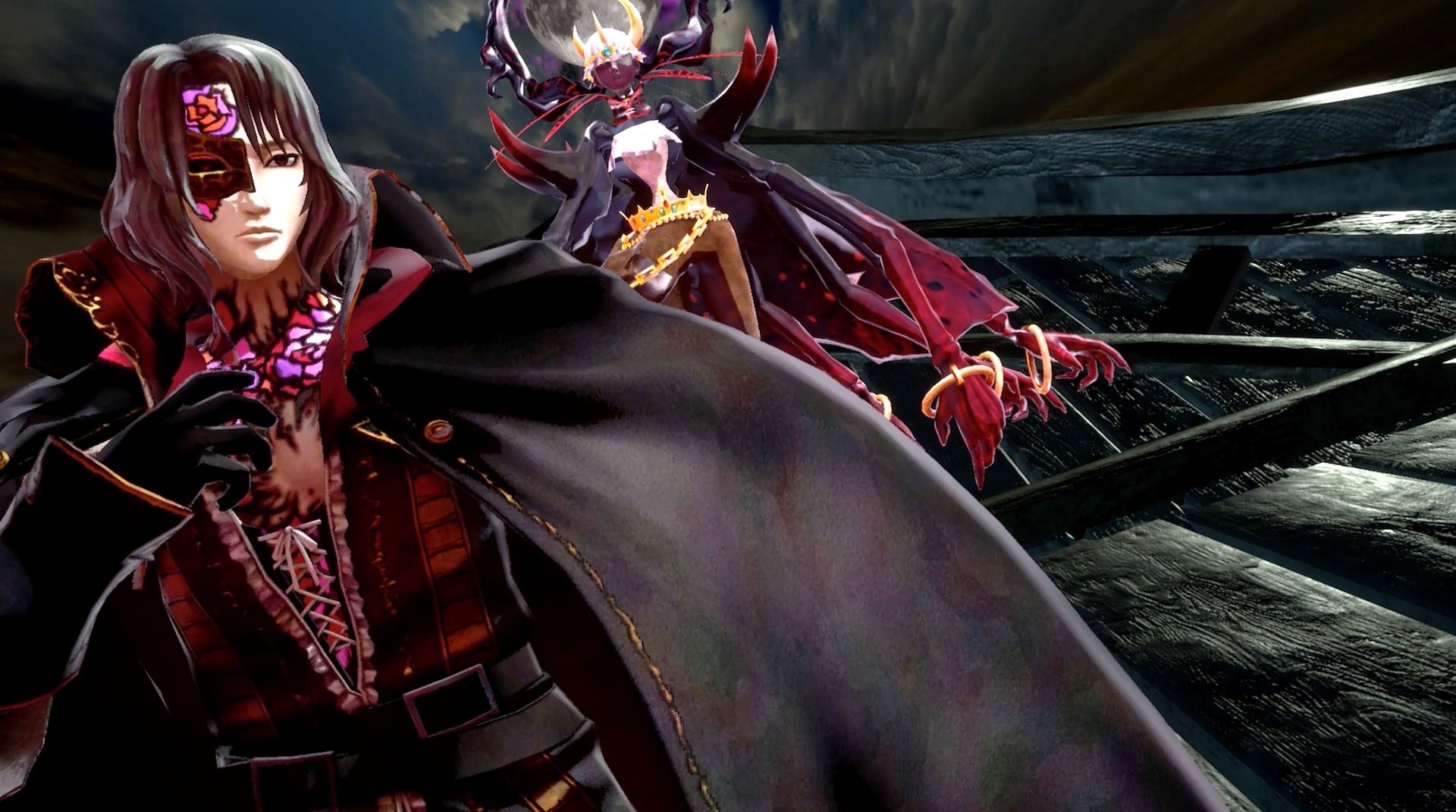
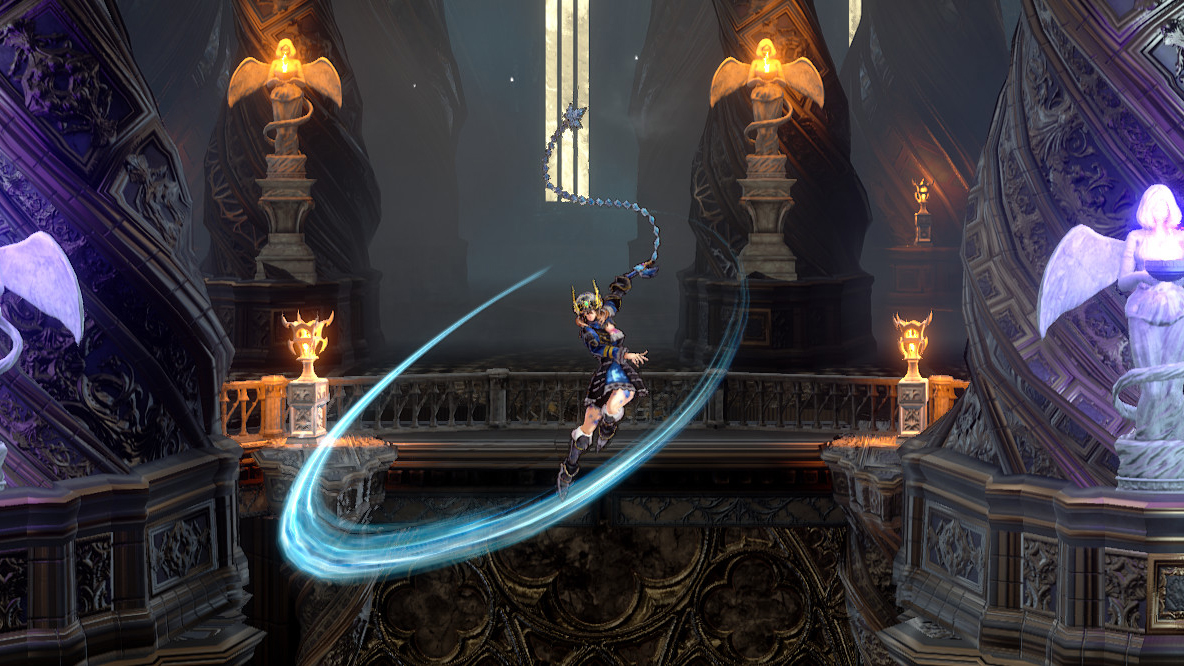
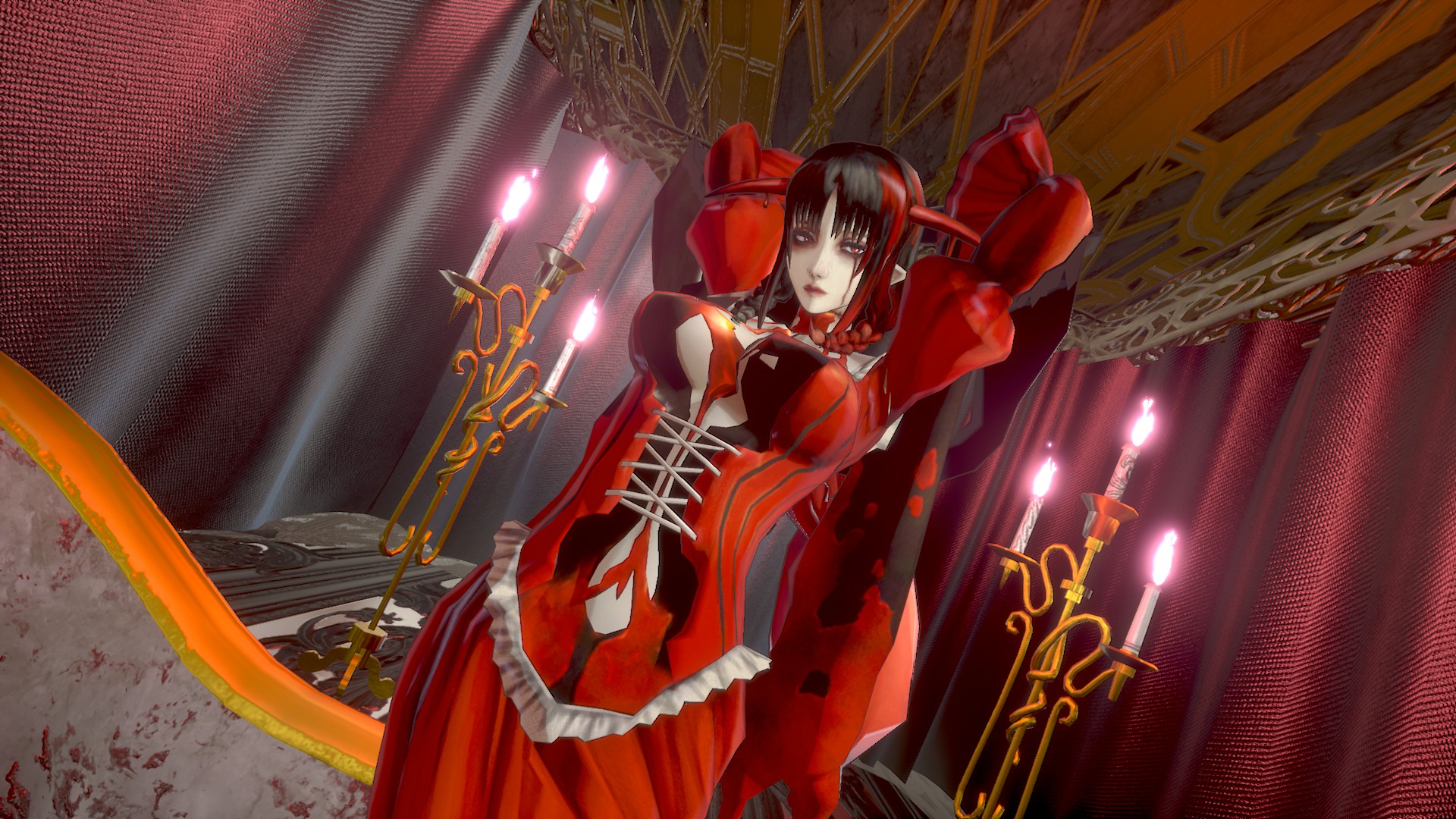









Published: Jun 24, 2019 11:21 pm